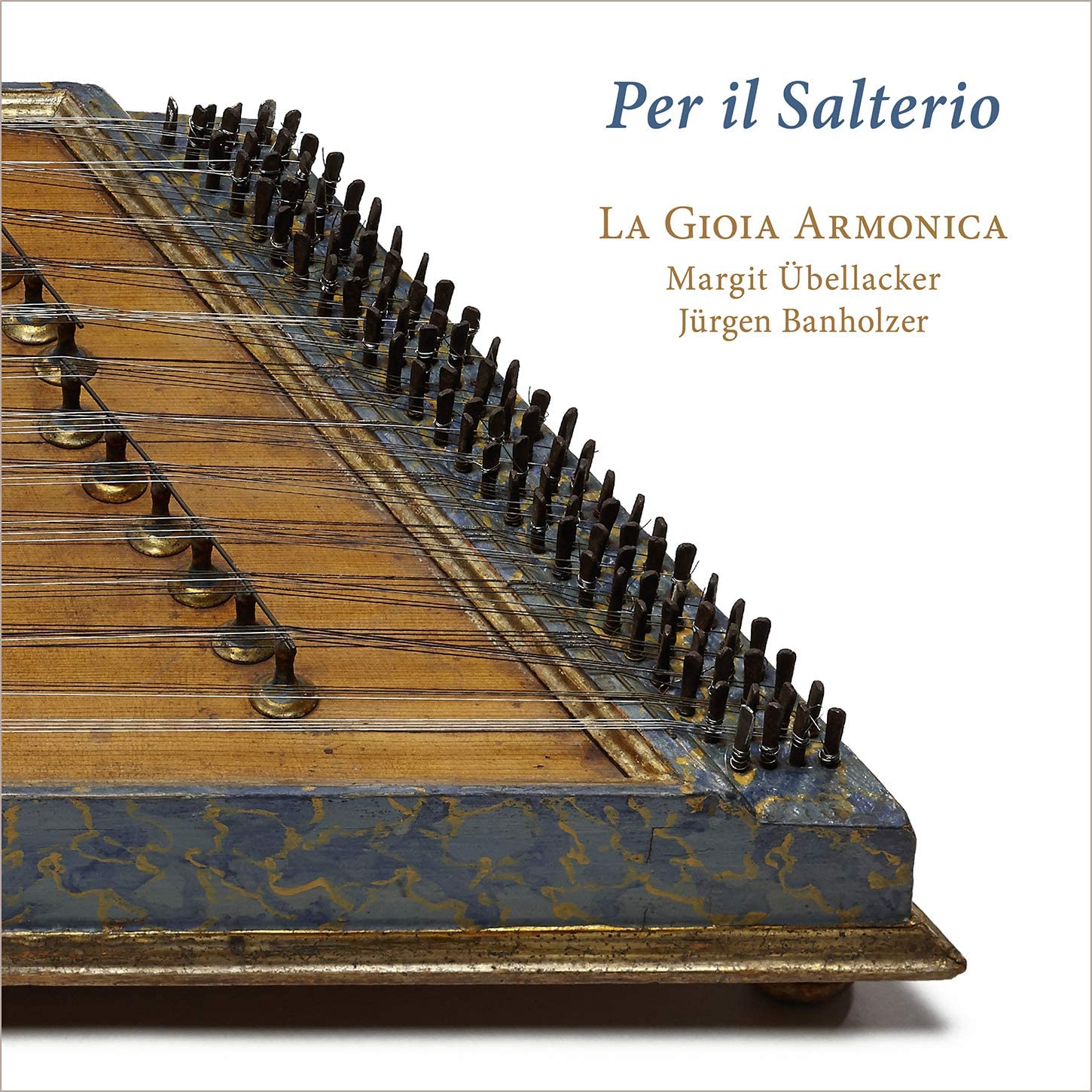La Gioia Armonica
Margit Übellacker, Jürgen Banholzer
78:41
Ramée RAM 1906
Music by Beretti, Conti, Galuppi, Monza & anon
Click HERE to buy this on amazon.co.uk
[These sponsored links help the site remain alive and FREE!]
This selection of 18th-century music for psaltery, played by Margit Übellacker and continuo, played on organ and harpsichord by Jürgen Banholzer, is drawn from Galant-style repertoire from the North of Italy. Relatively little is known about the composers Angelo Conti, Carlo Monza, and Pietro Beretti, although Baldassare Galuppi is much more familiar. The psaltery, whether plucked or, as here, struck with hammers, is one of those instruments which almost certainly played a much greater role in historical music-making than is recognised nowadays. One or two ensembles have introduced it into performances of consort music from the Renaissance onwards, but it has never really become a standard chamber instrument. In later works written specifically for the instrument, such as the sonatas here, its versatility and expressiveness are allowed full rein, and some of the textures achieved in combination with the organ and harpsichord are intriguing – the variety of timbres is further varied by the use of different woods and coverings for the hammers. The use of leather-covered hammers for example in slower movements produces a sound uncannily like the 18th-century fortepiano – scarcely surprising as the mechanics are essentially the same. Both organ and harpsichord are mentioned as accompanying instruments in several sonatas, but, in others, the term Basso Continuo leaves the options open. La Gioia Armonica have done a fine job in spotlighting this neglected repertoire, and they play it with assurance and sensitivity and with a constant ear for interesting sonorities.
D. James Ross
